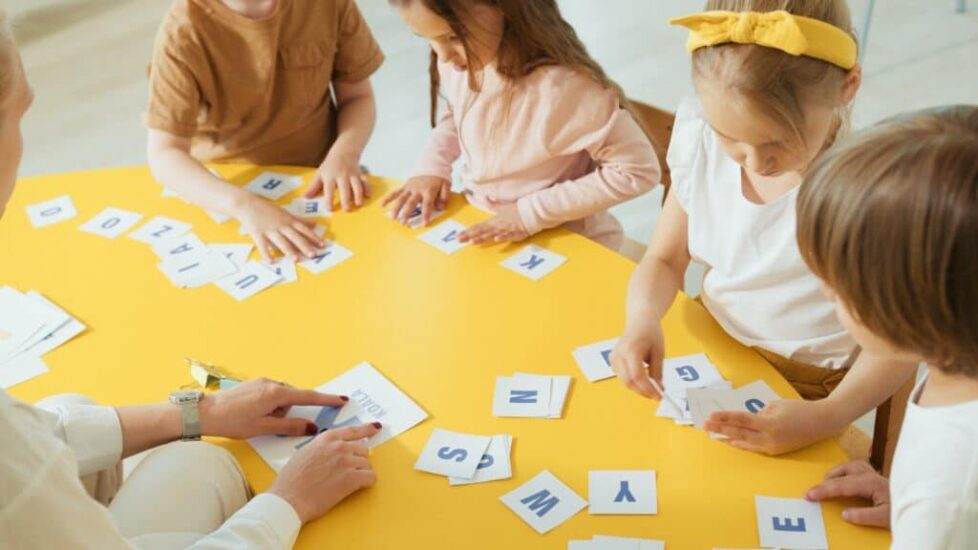In the dynamic landscape of high school education, students often find themselves grappling with diverse learning materials, each presented in unique ways. Two predominant learning styles that play a crucial role in academic success are visual and auditory learning. Understanding and harnessing the power of these learning modalities can significantly enhance a student’s comprehension and retention of information.
Visual Learning: A Picture Paints a Thousand Words
For many high school students, visual learning is a preferred method of assimilating information. Visual learners grasp concepts more effectively when presented with charts, graphs, diagrams, and other visual aids. These students often find it easier to remember information by seeing it rather than hearing or reading about it. Teachers and educational platforms can cater to visual learners by incorporating multimedia presentations, infographics, and interactive diagrams into their lessons.
Visual learners thrive when they can visually organize information. Techniques such as mind mapping, color-coding notes, and creating flashcards with images help solidify their understanding of complex topics. High school classrooms equipped with visual learning resources can create an engaging and effective learning environment for these students.
Auditory Learning: Listening to Success
On the other side of the spectrum, auditory learners absorb information best through listening. These students benefit from verbal explanations, discussions, and lectures. While reading or visual aids might be helpful, auditory learners find that the spoken word resonates more strongly with their learning style.
Teachers can cater to auditory learners by incorporating class discussions, group activities, and audio resources into their lessons. Additionally, utilizing podcasts, audiobooks, and recorded lectures can provide valuable supplementary material for auditory learners. High school students who thrive on auditory learning often excel in oral presentations and discussions, showcasing their ability to articulate and absorb information through listening.
The Power of Blended Learning
Recognizing the diversity of learning styles among high school students, a balanced and inclusive approach is key. Implementing a blended learning model that combines both visual and auditory elements can create a comprehensive educational experience. Integrating multimedia presentations, interactive discussions, and hands-on activities ensures that students of all learning preferences have the opportunity to excel.
Encouraging students to identify their dominant learning style can empower them to adopt study strategies that align with their strengths. Moreover, developing versatility in learning styles can enhance overall academic adaptability and resilience.
In conclusion, the split between visual and auditory learning in high school is not a rigid divide but rather a spectrum along which students navigate their educational journey. Recognizing and embracing both styles in the classroom can foster a dynamic and inclusive learning environment, paving the way for students to reach their full academic potential.

